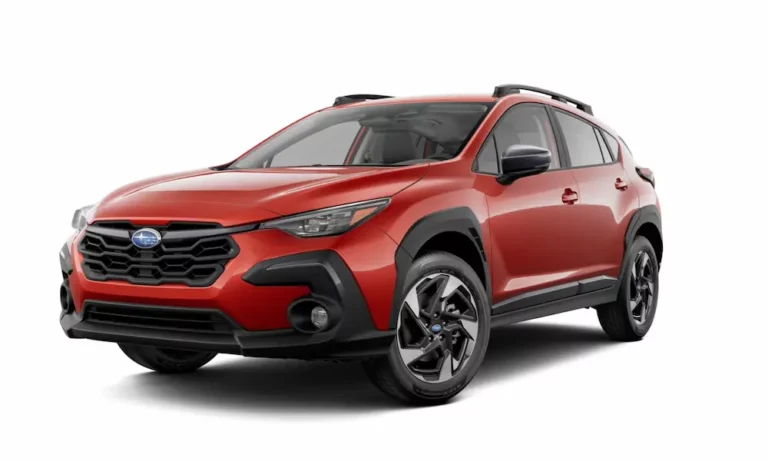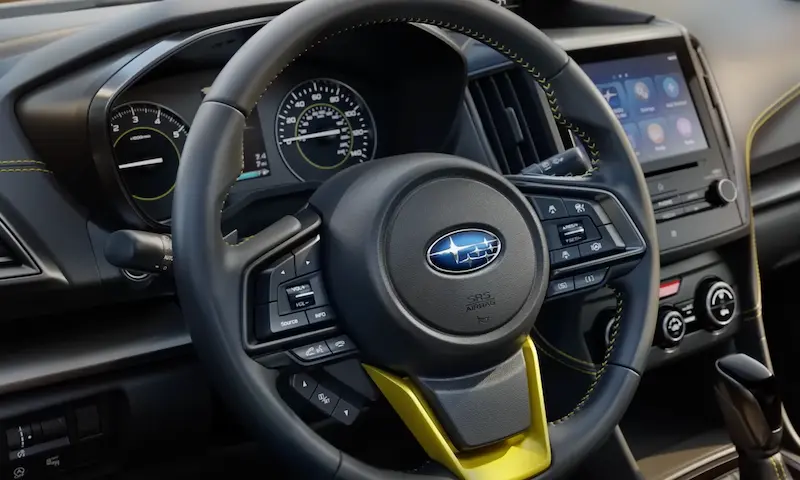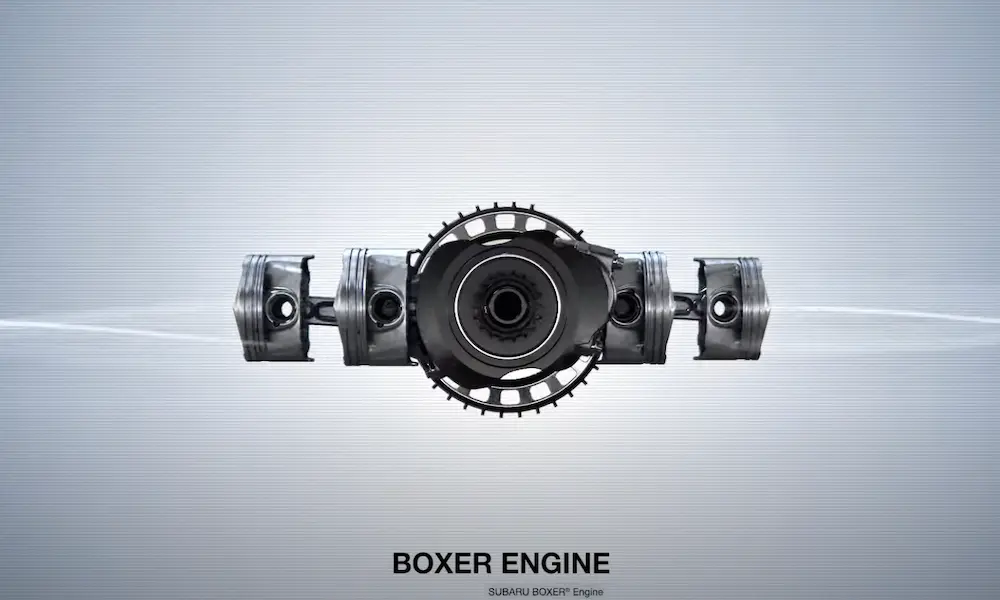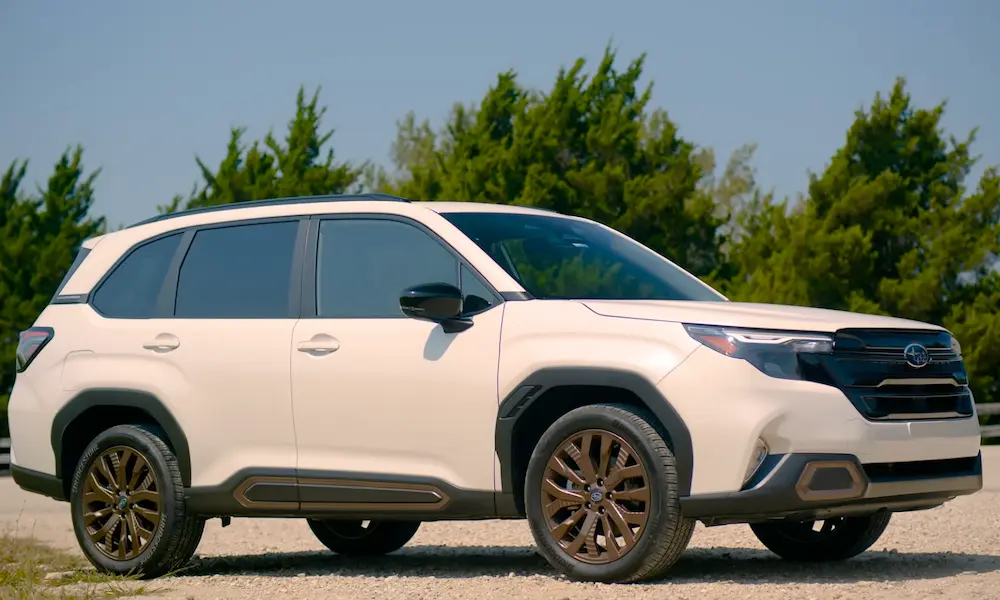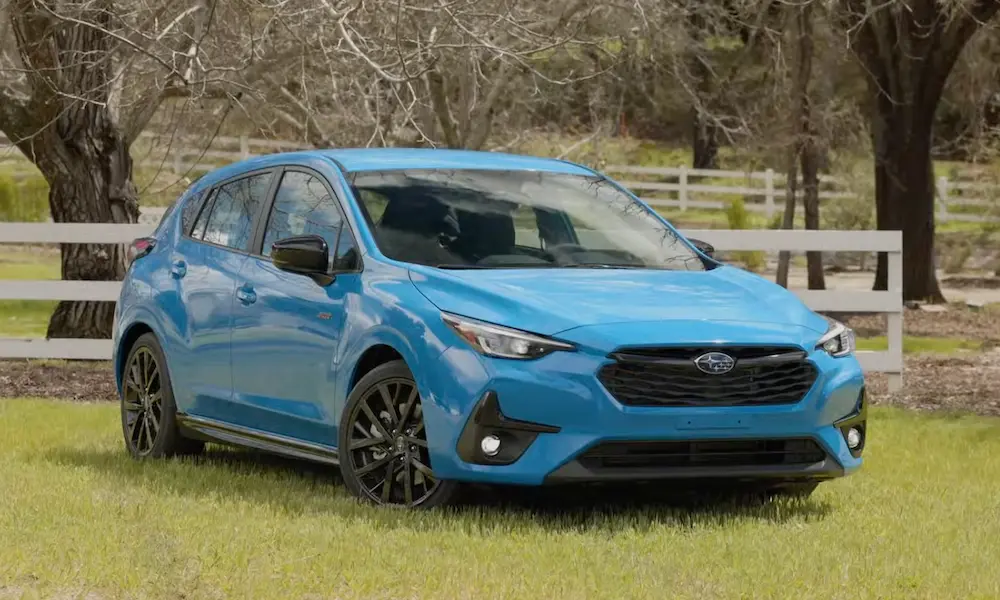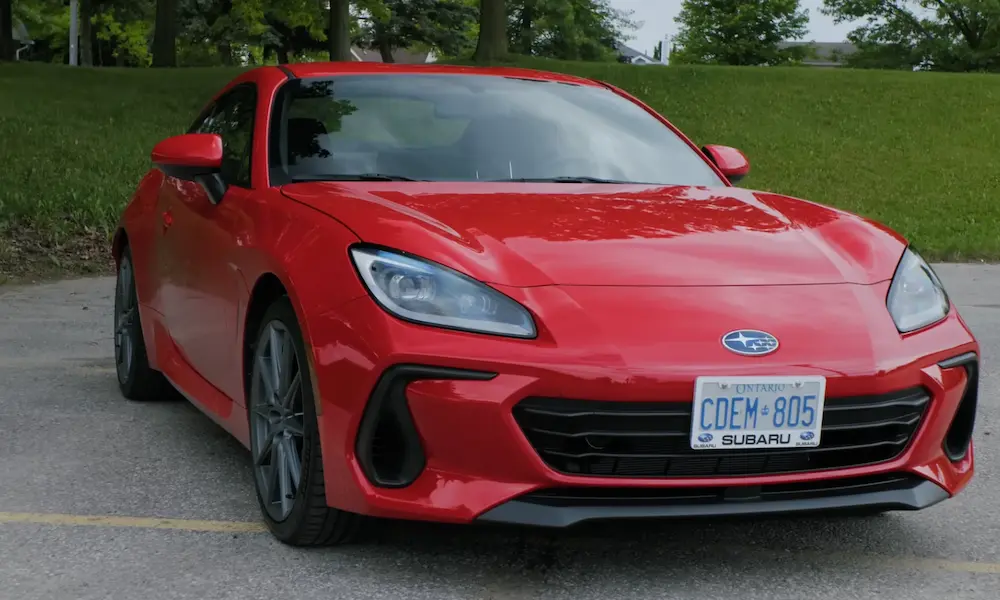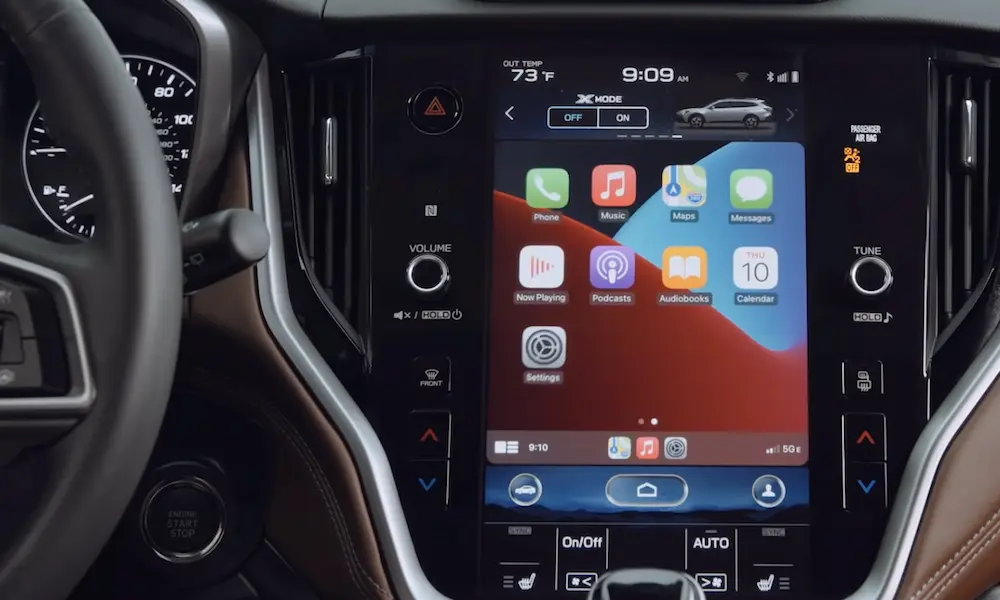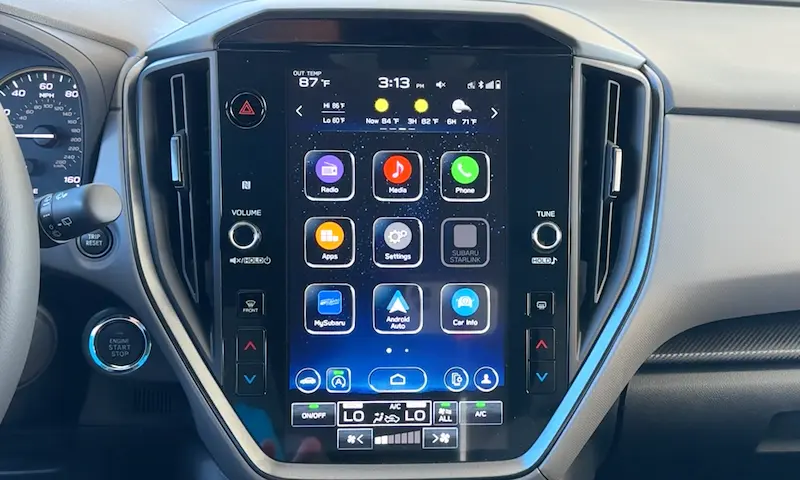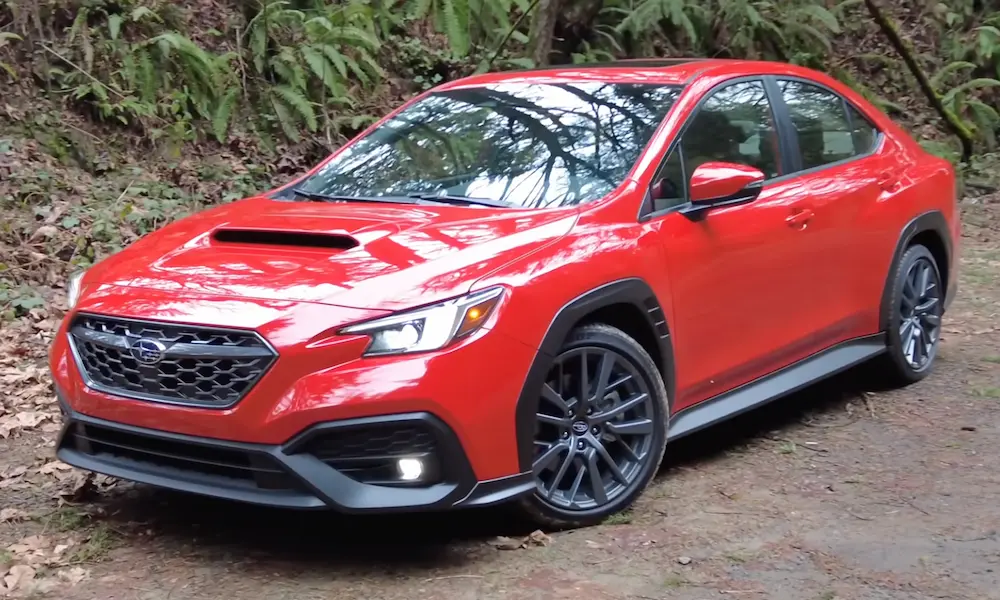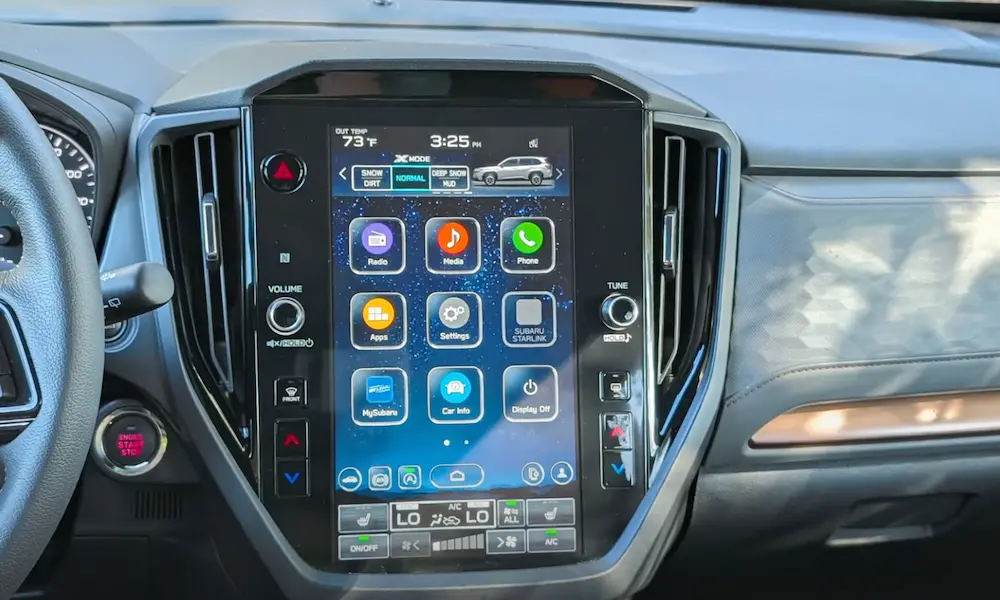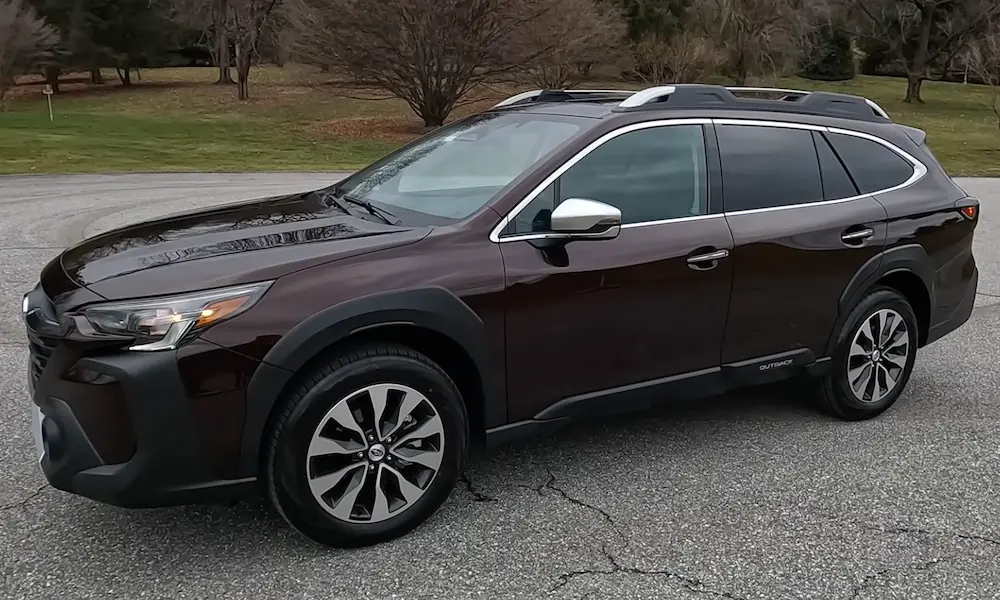Thinking about protecting your Subaru beyond the factory warranty? You’re not alone. With repair costs climbing and Subarus keeping their value longer than most brands, extended coverage deserves serious consideration. But is the premium price tag worth what you get?
I’ve dug into the data, analyzed the costs, and gathered insights from actual Subaru owners to help you make the right call for your situation.
What is Subaru’s Extended Warranty Program?
Subaru calls their extended warranty program “Added Security,” and it picks up where your factory warranty leaves off. Unlike basic coverage that only handles manufacturing defects, Added Security steps in for unexpected mechanical failures that happen long after you’ve driven off the lot.
When you purchase a new Subaru, you get:
- 3-year/36,000-mile basic warranty (bumper-to-bumper)
- 5-year/60,000-mile powertrain warranty
The extended warranty can stretch your protection up to 10 years or 100,000 miles, depending on which plan you choose.
Subaru’s Extended Warranty Options Explained
Subaru offers three distinct coverage tiers, each with different protection levels and price points.
Powertrain Plan
This entry-level plan covers the most expensive and critical components:
- Engine
- Transmission and transaxle
- Transfer case
- Differentials
If you’re on a tight budget but want protection against catastrophic failures, this basic plan handles the components that would hurt your wallet most. However, it leaves many systems unprotected.
Classic Plan
The middle-tier option expands coverage to include:
- All Powertrain components
- Cooling system
- Fuel system
- Electrical components
- Suspension
- Braking system
- Climate control
This plan strikes a balance between comprehensive coverage and affordability, making it popular with practical Subaru owners.
Gold Plus Plan
Subaru’s premium coverage option protects virtually everything except specifically excluded items. Key benefits include:
- Near bumper-to-bumper coverage
- Cause-and-effect protection (covers secondary damage caused by covered part failures)
- Trip interruption benefits up to $500 for lodging and meals if you’re stranded more than 50 miles from home
- Rental car reimbursement during covered repairs
What makes Gold Plus stand out is its cause-and-effect coverage—if your water pump fails (covered) and damages your engine (also covered), both repairs are included. Many warranties, including third-party options, don’t offer this level of protection.
How Much Does a Subaru Extended Warranty Cost?
Subaru extended warranties typically cost between $1,500 and $3,000, with an average price around $2,601. Several factors influence this price:
Factors Affecting Cost
- Vehicle model: Coverage for Outbacks and Foresters often costs more due to their complex all-wheel-drive systems
- Coverage term: Options range from 8-year/120,000-mile to 10-year/100,000-mile terms
- Deductible choice: You can select either $0 or $100 deductibles (choosing the $100 option can save about 15% on the upfront cost)
- Purchase timing: Buying at the time of vehicle purchase often yields better pricing
Pro tip: Don’t accept the first price offered at the dealership. Warranty prices are negotiable, and markups can reach 20-30%. One savvy Reddit user reported saving $400 on their Gold Plus plan by negotiating directly rather than going through the finance desk.
Are Subarus Reliable Enough to Skip the Extended Warranty?
Subaru has a complicated reliability story. While Consumer Reports ranks them 24th out of 32 brands for reliability, many models like the Outback have excellent long-term dependability metrics.
The average Subaru costs about $617 annually in repairs—slightly better than the industry average of $652. However, when things do go wrong, they can be expensive:
| Common Subaru Repair | Average Cost |
|---|---|
| CVT Transmission replacement | $5,000-$7,000 |
| Head gasket repair (older models) | $3,800 |
| AWD system repairs | $1,800-$3,000 |
| Fuel pump failure | $900-$1,300 |
Newer Subarus have resolved some historical issues (like the notorious head gasket problems in EJ25 engines), but their complex AWD systems and CVT transmissions remain expensive to repair when they fail.
What’s Actually Covered (And What’s Not)
Even the comprehensive Gold Plus plan has limitations you should understand.
What’s Covered
- Most mechanical and electrical components
- Air conditioning
- Suspension
- Steering systems
- Brakes (except wear items)
- Navigation systems and electronics
What’s Not Covered
- Regular maintenance items (oil changes, filters)
- Wear-and-tear components (brake pads, wiper blades)
- Cosmetic damage
- Damage from accidents or environmental factors
- Components modified with non-Subaru parts
- Issues resulting from neglect or improper maintenance
Another limitation is repair facility restrictions. Subaru requires all warranty work to be performed at authorized dealerships, which might be inconvenient if you live far from one or prefer your local mechanic.
Subaru vs. Third-Party Extended Warranties
Companies like Endurance offer alternative extended warranty options that might make sense for some Subaru owners.
| Feature | Subaru Gold Plus | Endurance Supreme |
|---|---|---|
| Maximum Term | 10 years/100k miles | 8 years/200k miles |
| Repair Network | Subaru dealerships only | Any ASE-certified shop |
| Trip Interruption | $500 included | $1,000 (Elite plan) |
| Transferability | Prorated refund available | Fully transferable |
| Average Cost | $2,600 | $3,200 |
Third-party warranties typically offer:
- Higher mileage limits
- More repair facility options
- Potentially lower costs for comparable coverage
However, they lack Subaru-specific expertise and might not cover components with the same depth of understanding as Subaru’s own warranty.
When a Subaru Extended Warranty Makes Sense
After analyzing the data, here’s when investing in a Subaru extended warranty makes the most financial sense:
It’s Worth It If You:
- Plan to keep your Subaru beyond the factory warranty period
- Drive a model with known reliability issues (like the Ascent)
- Value peace of mind over potential savings
- Take frequent road trips far from home (the trip interruption benefits become valuable)
- Have limited emergency savings for unexpected repairs
- Own a model with a CVT transmission (one of the most expensive repair items)
It’s Probably Not Worth It If You:
- Trade in vehicles every 3-5 years
- Have substantial emergency savings
- Are mechanically inclined or have trusted, affordable mechanics
- Drive a model with excellent reliability ratings
- Prefer to invest the warranty cost ($2,600) which could grow to approximately $4,300 over 10 years at a 6% return
Real Subaru Owner Perspectives
The most telling insights come from actual Subaru owners who’ve made this decision:
“After my CVT went out at 68,000 miles on my 2018 Outback, the $2,400 I spent on the Gold Plus plan saved me over $5,000. Best financial decision I’ve made.” – From a Reddit thread
“I bought the extended warranty for my Forester and never used it once in 7 years. Complete waste of money in my case, but I don’t regret the peace of mind it gave me.” – Consumer Affairs review
“For people who keep their cars for the long haul, I think it’s worth it. My transmission issue was fully covered at 88,000 miles when the extended warranty would have expired at 100,000. Without it, I’d have been out $6,000.” – Consumer Reports survey respondent
Strategic Recommendations Based on Your Situation
For New Subaru Buyers:
- Wait to purchase the extended warranty until near the end of your factory coverage
- Get quotes from multiple dealerships (prices vary significantly)
- Consider the Gold Plus plan if you plan to keep your vehicle beyond 60,000 miles
- Negotiate the price—never pay the first offer
For Used Subaru Buyers:
- Check if any factory warranty remains and is transferable
- Look for certified pre-owned Subarus that come with extended coverage
- Consider third-party options for higher-mileage vehicles
- Factor the CVT transmission’s reliability into your decision if your model has one
For High-Mileage Drivers:
- Third-party warranties may offer better value with higher mileage caps
- Focus on powertrain coverage for the most expensive potential repairs
- Consider maintenance plans instead of warranties if your vehicle exceeds 100,000 miles
The Bottom Line: Value Analysis
When we crunch the numbers, here’s what we find:
- The average Subaru extended warranty costs $2,601
- Statistical probability of needing a major repair before 100,000 miles is around 8%
- However, that one major repair could cost $3,000-$7,000
- 12% of warranty holders file claims exceeding their plan’s cost
This makes extended warranties essentially an insurance product against catastrophic repair costs. Like all insurance, you hope you never need to use it, but you’ll be grateful for the coverage if you do.
For risk-averse drivers who plan to keep their Subaru long-term, the Gold Plus plan offers valuable protection and peace of mind. For those comfortable with some financial risk and confident in Subaru’s reliability, the money might be better directed toward a dedicated repair fund.
The most important factor? Your personal situation and comfort with risk. There’s no one-size-fits-all answer to whether a Subaru extended warranty is worth it—it depends entirely on your specific circumstances, driving habits, and financial situation.

